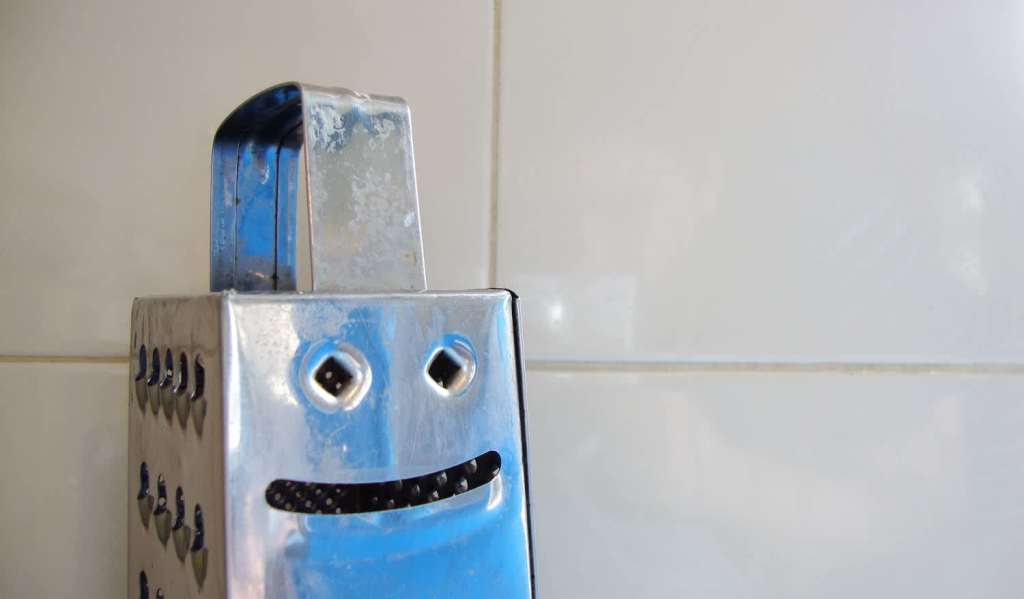We see faces in everything. From the moon, to the front of a car, to the face of Jesus in literally anything you can think of, faces in inanimate objects are everywhere.
Once to be considered a symptom of psychosis, seeing faces in things is actually an incredibly normal byproduct of evolution and a well-known fact of life.
Until now though, we had no idea as to what is happening when our brain decided to tell us that tree is looking at us.
However, neuroscientists from the University of Sydney think that they might have figured out just what is going on — and they’ve used the dating app Tinder as a template for investigation.
According to new research, our brains detect and respond emotionally to these illusory faces the same way they do to real human faces.
It’s called ‘face pareidolia’, meaning the detection of faces in random objects or patterns of light and shadow, and it comes from errors in our visual perception.
Lead researcher Professor David Alais, of the University of Sydney, said human brains are evolutionarily hardwired to recognise faces, with highly specialised brain regions for facial detection and processing.
“From an evolutionary perspective, it seems that the benefit of never missing a face far outweighs the errors where inanimate objects are seen as faces,” he said.
“There is a great benefit in detecting faces quickly, but the system plays ‘fast and loose’ by applying a crude template of two eyes over a nose and mouth.
“Lots of things can satisfy that template and thus trigger a face detection response.”
Recognising a face shape happens extremely quickly within the brain, taking a few hundred milliseconds to register.
Even once we establish that it’s not a true face we’re looking at, that perception seems to stick around, meaning we just can’t shake the feeling that our cheese grater is smiling at us.
The brain has evolved these specialised neural mechanisms to rapidly detect faces, using the basic structure of eyes and a mouth as a shortcut for rapid detection. However, seeing a face isn’t enough for us.
In the findings, published in the Proceedings of the Royal Society B, the team found that not only do we project faces onto objects, we also analyse and attribute emotions to them.
This expression-analysis of inanimate objects is because, as deeply social beings, we need to know what information the face is giving us.
“Are they a friend or a foe? Are they happy, sad, angry, pained?,” Alais explains.
The research shows that once a false face is retained by the brain, it is analysed for its facial expression in the same way that a real face is.
Seeing happy faces in inanimate objects tricks our dumb reptilian brains into thinking we’re genuinely seeing another thing smiling at us. Because of how socially inclined we are, seeing a smile makes us smile too.
The Tinder bias
The researchers worked out how the brain does this by presenting people with a rapid sequence of faces and getting them to rate the expressions on a scale from angry to happy.
Based on the expressions of the previous face, a person was more likely to rate the next face they saw as similarly expressive. If it was angry, the next face seemed angry too and vice versa, even if it wasn’t
When they mixed in faces seen in inanimate objects, they saw this bias for emotional similarity at work too.
This “cross-over” example shows that it’s the way we process faces that has an impact on the face we see and what it says, rather than the object itself.
“This ‘cross-over’ condition is important as it shows the same underlying facial expression process is involved regardless of image type,” Professor Alais said. “This means that seeing faces in clouds is more than a child’s fantasy.
“When objects look compellingly face-like, it is more than an interpretation: they really are driving your brain’s face detection network. And that scowl, or smile; that’s your brain’s facial expression system at work. For the brain, fake or real, faces are all processed the same way.”
Read more stories from The Latch and subscribe to our email newsletter.

